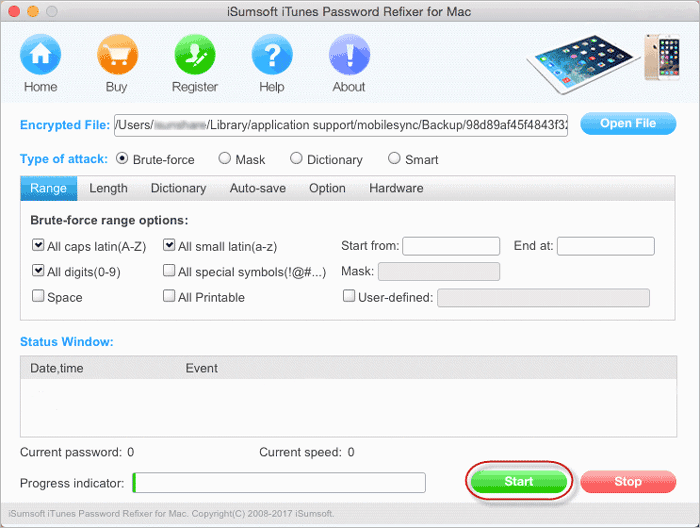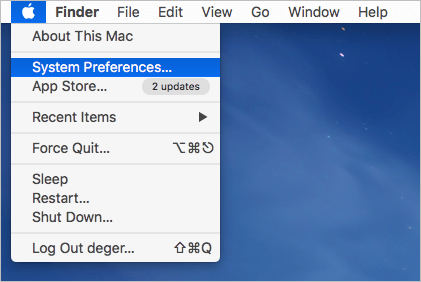

Choose where you store your personal data – on your own device(s) and/or in your own personal cloud storage (iCloud, Google Drive, OneDrive, Box, WebDAV or Nextcloud). Access your information on all your computers and mobile devices. Automatically check for old, weak or compromised passwords. Autofill logins and credit card details to automatically access your accounts. Create strong, unique passwords for all your online accounts.
#Passwords plus for mac password
Remember just one master password and let Enpass take care of the rest. Stop getting locked out of your accounts and struggling with continual password resets. ◆ Import from others: You can easily import your passwords from other software, to Enpass, using the desktop version. ◆ Biometric authentication- Supports use of Touch ID for quick unlock to access information. ◆ Password autofill: Autofills passwords in apps, Safari and other supported browsers with just one tap. ◆ Multiple vaults: Separate your personal, family and work data in different vaults. ◆ Breach monitoring: Get alerts to change passwords when any of your websites saved in Enpass are breached. ◆ Data synchronization: Syncs data through iCloud, Dropbox, WebDAV, Google Drive, OneDrive, Box, Nextcloud, Wi-Fi, or local WLAN network. ◆ Unbeatable security: 100% data is encrypted by AES-256 bit, using open-source SQLCIPHER Engine.

◆ Stores everything: Secure vault for your logins, credit cards, bank accounts, driving licenses, attachments or any other information.

“Offline” means we don’t store your passwords, credentials or files on our servers. You keep control of your most sensitive information – your data is stored (encrypted) locally on your devices, and, you can still synchronize it across your devices using your own cloud accounts, without sending it to our servers. Your account password and login keychain password now match again.Enpass: the “offline” password manager for a secure digital life.

In the Terminal window, type resetpassword, then press Return to open the Reset Password assistant pictured above.When you see the macOS Utilities window, choose Utilities > Terminal from the menu bar.Restart again, then immediately hold down Command-R or one of the other macOS Recovery key combinations until you see the Apple logo or a spinning globe.If you can't log in with your new password after restarting your Mac, take these additional steps: Determine whether to create a new login keychain.Follow the onscreen instructions to create a new password, then click Reset Password when done.Use uppercase characters, and include the hyphens. The password field changes to a Recovery Key field. If you don't see the message after three attempts, FileVault isn't on. At the login screen, keep entering a password until you see a message saying that you can reset your password using your Recovery Key.If FileVault is turned on and you have a FileVault Recovery Key, you can use that key to reset your password.


 0 kommentar(er)
0 kommentar(er)
